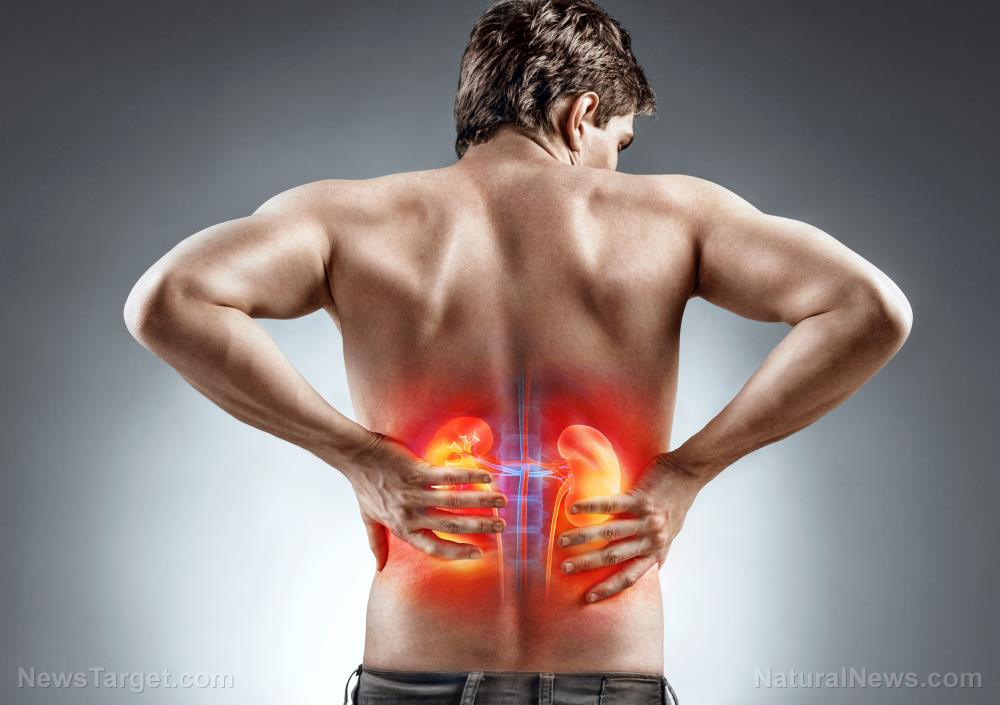The potential of tongxinluo for treating diabetic nephropathy
05/22/2019 // Michelle Simmons // Views
Tags: alternative medicine, anti-diabetes, diabetes, Diabetic kidney disease, Diabetic nephropathy, disease treatments, goodhealth, goodmedicine, herbal medicine, Herbs, kidney disease, kidneys, natural cures, natural medicine, prevention, remedies, research, TCM, tongxinluo, traditional Chinese medicine

- In an earlier study, the same team of researchers found that high-glucose-treated glomerular endothelial cells produced an increased number of exosomes that contain transforming growth factor beta 1 (TGF-B1) in order to activate glomerular mesangial cells.
- Glomerular mesangial cell activation via TGF-B1/Smad3 signaling pathway is believed to contribute to the development of diabetic nephropathy.
- The research team also found that tongxinluo has beneficial effects on the treatment of diabetic nephropathy in diabetic patients and Type 2 diabetic mice.
- In the current study, they determined whether or not tongxinluo could improve the structure and function of the kidneys by suppressing the intercellular transfer of TGF-B1-containing exosomes from glomerular endothelial cells to glomerular mesangial cells.
- They found that tongxinluo can suppress the secretion of TGF-B1-containing exosomes from high-glucose-treated glomerular endothelial cells.
- In addition, they found that treatment with tongxinluo can suppress glomerular mesangial cell activation, proliferation, and extracellular matrix overproduction both in vitro and in vivo.
These findings demonstrated that inhibition of TGF-B1 transfer from glomerular endothelial cells to glomerular mesangial cells via exomes may be a possible mechanism of tongxinluo in the treatment of diabetic nephropathy.
To read more studies on natural diabetes treatments, visit DiabetesCure.news.
Journal Reference:
Wu, X., Gao, Y., Xu, L., Zou, D., Zhu, Z., Wang, X., . . . Dang, W. TONGXINLUO INHIBITS RENAL FIBROSIS IN DIABETIC NEPHROPATHY: INVOLVEMENT OF THE SUPPRESSION OF INTERCELLULAR TRANSFER OF TGF-?1-CONTAINING EXOSOMES FROM GECS TO GMCS. The American Journal of Chinese Medicine. 29 June 2017; 45(05): 1075-1092. DOI: 10.1142/S0192415X17500586
Related Topics
alternative medicine anti-diabetes diabetes Diabetic kidney disease Diabetic nephropathy disease treatments goodhealth goodmedicine herbal medicine Herbs kidney disease kidneys natural cures natural medicine prevention remedies research TCM tongxinluo traditional Chinese medicineLatest News
Related News
11/21/2023 / By Arsenio Toledo
11/21/2023 / By Evangelyn Rodriguez
11/21/2023 / By Zoey Sky
11/20/2023 / By Arsenio Toledo
11/17/2023 / By Zoey Sky
11/15/2023 / By Kevin Hughes
Take Action:
Support Natural News by linking to this article from your website.
Permalink to this article:
Copy
Embed article link:
Copy
Reprinting this article:
Non-commercial use is permitted with credit to NaturalNews.com (including a clickable link).
Please contact us for more information.
Please contact us for more information.






















